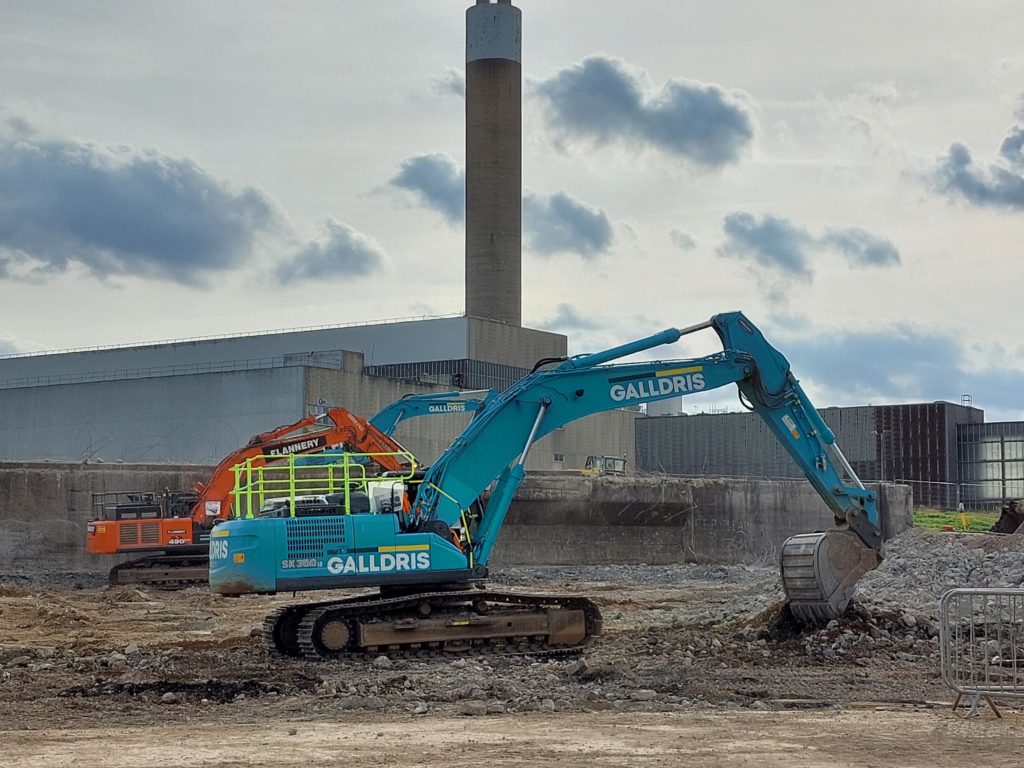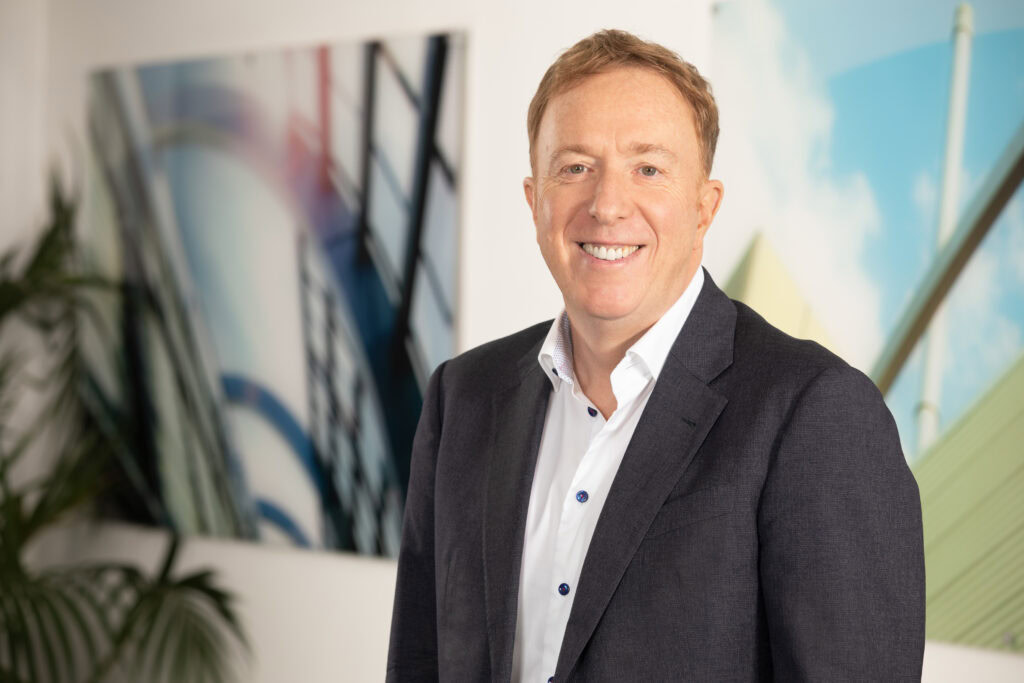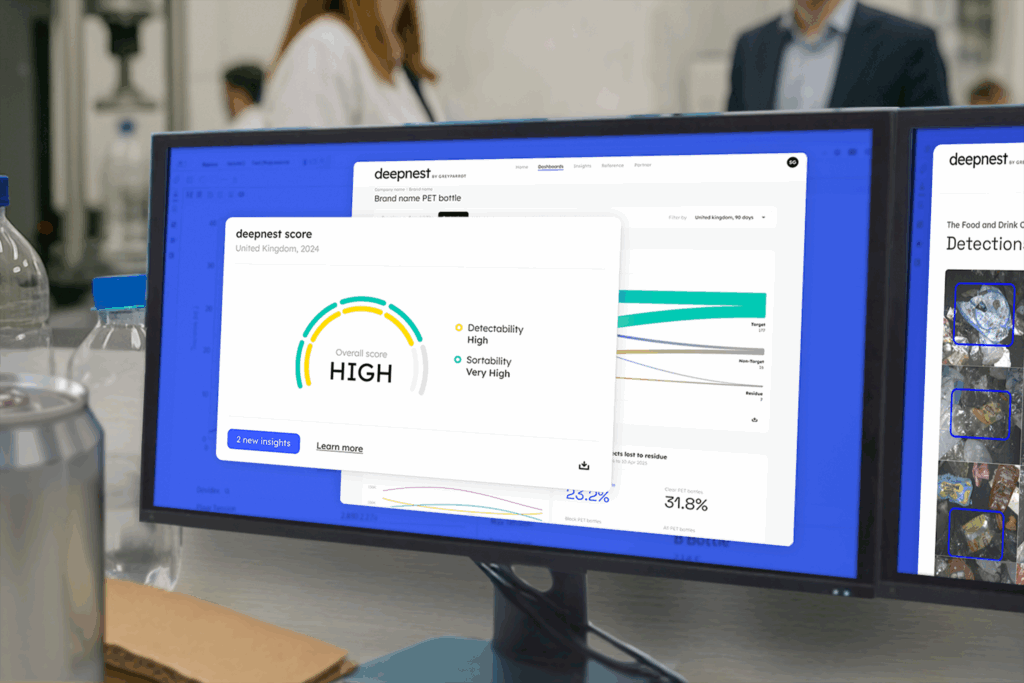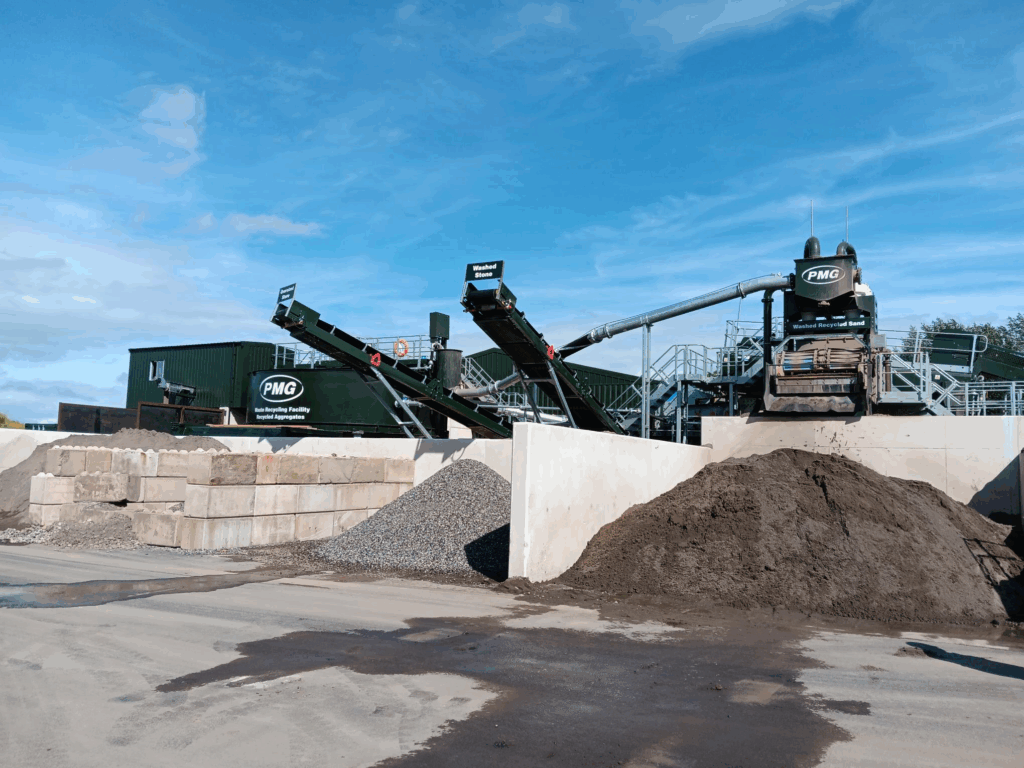While ABB did not say how long the lifespan of the plant will be extended by, the North London Waste Authority, which owns the site, said the works will ensure the plant can operate while a new facility is built.
The existing 500,000 tonne capacity Edmonton EfW is decades old and is being replaced by a 700,000 tonne facility, due to begin operations in 2026. It is being constructed by Acciona.
To ensure the existing plant can continue to process waste and generate energy over the next four year, ABB has upgraded four generators, installed one new one, and added a digital control room.
Charles Bell, LondonEnergy’s E&I manager, said: “By upgrading our existing EfW plant, we have renewed confidence in our ability to keep waste out of landfill and minimise our carbon footprint.
“The new system allows us to monitor, control and automate the entire EfW plant’s electrical assets from one touch-screen user interface.”
The original engineers could never have foreseen that we would integrate their generators into a modern digital control system
- ABB
Data
ABB explained that “an important feature of the project” is its Electrification Monitoring and Control system, one of the first to be deployed in the UK.
This acts as a “hub to integrate data from five generators, as well as power distribution systems, grid connection, and drives and motors in waste-handling units”.
Operators are able to interact with the system via a touch-screen interface “that gives visibility and control, as well as access to alerts and historic performance data”.
Stephen Gibbs, ABB’s UK product marketing director for distribution solutions, said: “Extending the life of an existing facility can have huge sustainability benefits by avoiding or delaying construction of a new site. When it was built 50 years ago, the original engineers could never have foreseen that we would integrate their generators into a modern digital control system.
“Our extensive research, modelling and simulations showed that it is possible to upgrade existing assets and it’s an approach that we can replicate elsewhere.”









Subscribe for free